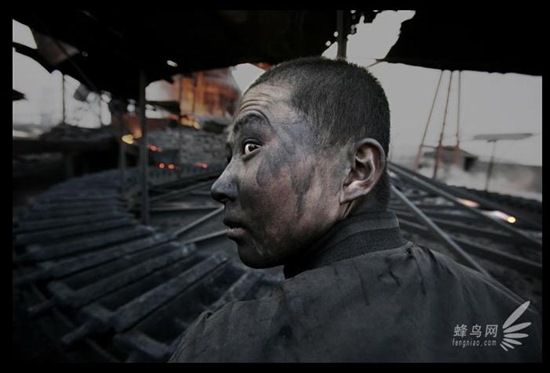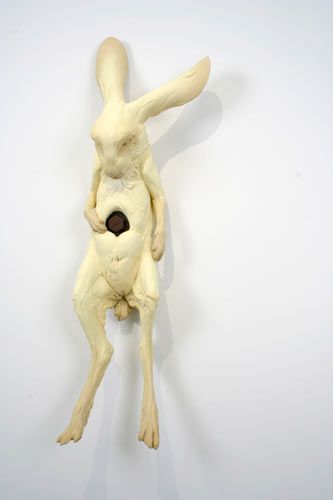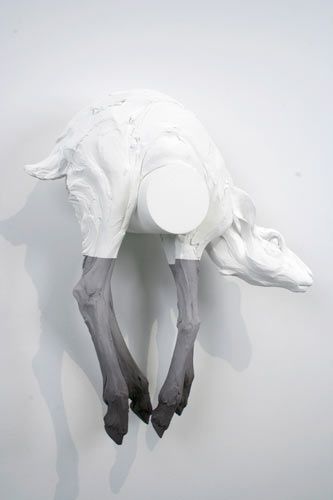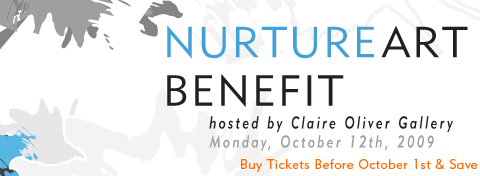 View of Manhattan skyline from Central Park, Manhattan
View of Manhattan skyline from Central Park, ManhattanOn my way to the gym Tuesday morning, on the corner of 64th Street and 1st Avenue, I discovered a dead
American goldfinch (
Carduelis tristis). Feathers askew, a pink wound was visible on the head of the small, yellow bird. The injury was likely sustained when the goldfinch crashed into a window of one of the nearby apartment towers. I said a quiet goodbye to the bird, and continued on my way. An hour-and-a-half later, while running a work errand, I came upon a dead
red-bellied woodpecker (
Melanerpes carolinus), crumpled on the corner of 68th Street and York Avenue. People gave the bird's body little attention.
It's the time of year when our avian brethren fall from the sky above
Manhattan and land, sometimes dead, sometimes injured, sometimes merely confused, on the city's sidewalks. It is the time of
autumn migration and restlessness. Neither the goldfinch nor the woodpecker are properly migratory species, but both birds will sometimes fly a short distance south when the temperature drops.
I can't say whether or not the individuals that I found on Tuesday morning were on the move when they met their respective ends. Still, their fate is a common one during
New York City's autumn. As the
NYC Audubon Society's
Project Safe Flight mission statement explains,
"Located at the nexus of hundreds of bird species’ migratory routes, New York City’s tall buildings and reflective glass pose a serious threat to over 100 species of migratory birds, some of which are experiencing long-term population declines."
Resident species are also vulnerable, of course. Since Project Safe Flight's inception, in 1997, "over 4,000 dead and injured birds have been collected and documented in [Audubon's] database." That number is a fraction of the total bird deaths that Manhattan's buildings cause.
What can each of us do to help curb the buildings' toll? The easiest action involves turning off your office or apartment lights at night. Many office towers leave the lights on, needlessly wasting electricity and killing birds. As Project Safe Flight’s
Lights Out New York initiative explains,
"Lights can distract birds from their migration path and cause them to collide with buildings during bad weather. Turning off the lights and drawing the blinds can help save thousands of birds from over 100 different species every year."
Let's help our feathered friends fly safely, folks.
+++++
 Watching a Winter Wren on the wall of Belevedere Castle; Central Park, Manhattan
Watching a Winter Wren on the wall of Belevedere Castle; Central Park, ManhattanI rose earlier than usual on Wednesday morning, so that I could be at
Central Park's
Loeb Boathouse by 7:30 AM, where I met five other
Nature Conservancy bird watchers. The six of us spent a very pleasant two and a quarter hours birding.
I love being outdoors in the early morning, and I greatly enjoyed observing even the familiar species as they foraged, fought, and flitted about.
House finches (
Carpodacus mexicanus) and
European starlings (
Sturnus vulgaris) are species taken for granted by most birders, but, illuminated by the morning sunlight, each is a marvel.
I was especially excited to see several
Eastern phoebes, a relatively common species that,
courtesy of Edward Hoagland, I associate with my beloved notion of
reconstitution, and a
winter wren (
Troglodytes troglodytes), a dark, small relative of the more familiar
Carolina wren (
Thryothorus ludovicianus), a bird for which I was almost named. (Wren Reiger would have been a hard sell on the grade school playground, and I'm thankful that my parents elected to shelve the name.)
 Belvedere Castle; Central Park, ManhattanPhoto credits:
Belvedere Castle; Central Park, ManhattanPhoto credits: All images, Hungry Hyaena, 2009
















